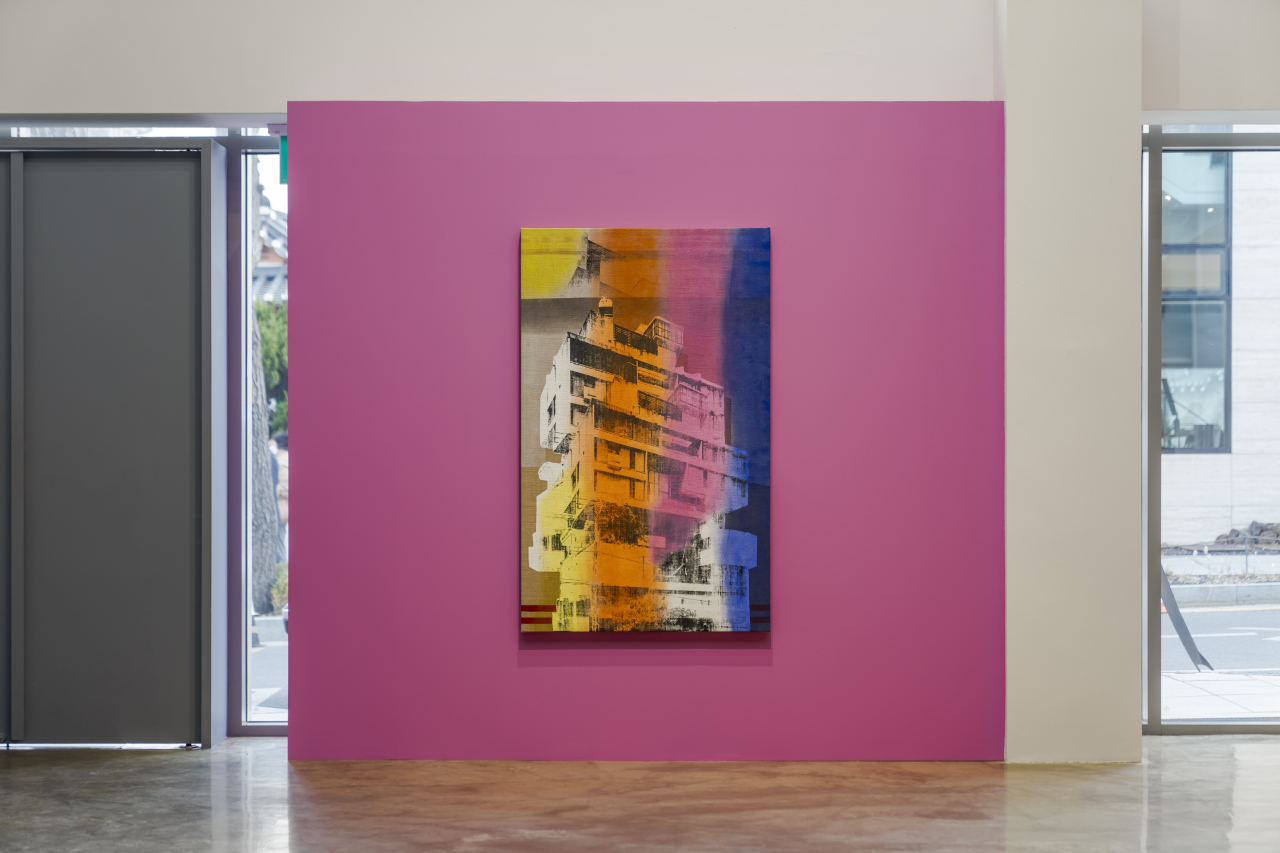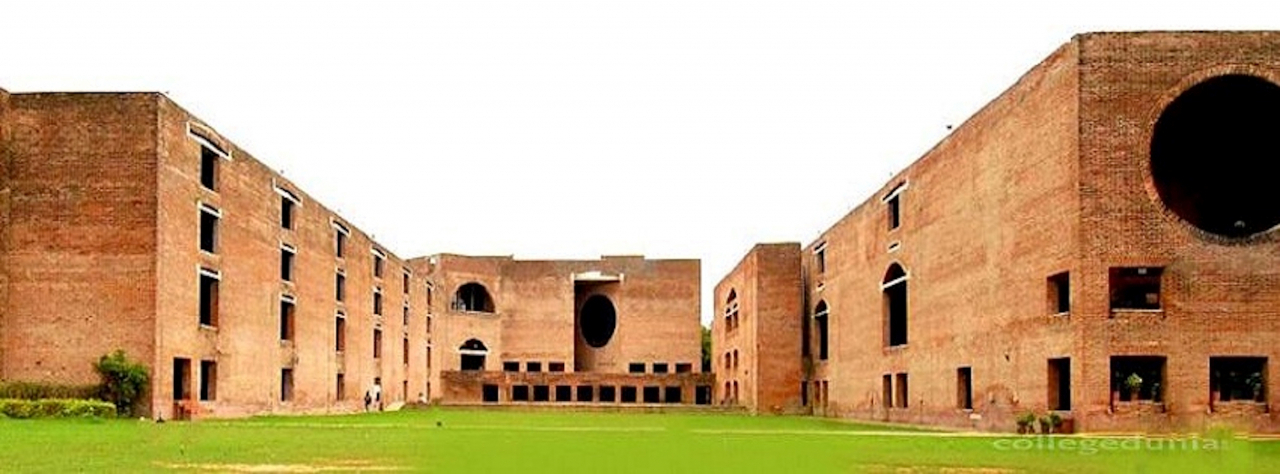[Herald Interview] Shezad Dawood transports modernist architecture to the present
By Park YunaPublished : April 12, 2023 - 12:42

The vivid colors of the walls match the paintings of modernist architecture by London-based interdisciplinary artist Shezad Dawood at Barakat Contemporary in Seoul, where his second show at the gallery is running.
Color is music to the artist who loves colors and calls himself a “real colorist.” When he stages an exhibition, he sees it as a musical score, in which different colors create both consonances and dissonances, he said.
“For me, it is probably the first time ever doing just a pure painting show,” Dawood told The Korea Herald during a recent interview at the gallery.

At the exhibition which opened March 15, Dawood shows 15 paintings that depict the historical, geographical and environmental identities as reflected in 20th-century modernist buildings from Asia, Africa and South America.
The title of the show, “Integrations,” was inspired by “Les Integrations," a movement initiated by Moroccan architects Abdeslam Faraoui and Patrice de Mazieres in the 1960s. The movement sought to design public infrastructure works and involved collaboration with artists, intellectuals and artisans.
“The idea is very different to now, where you have these big architectural monuments by star architects. Even if they are intended as art museums, they are not really considering art. Whereas in (this movement of) the '60s, I feel there's something very beautiful in that act where the disciplines are speaking to each other on a horizontal level,” he said.
“There's a kind of generosity between disciplines but also a generosity in terms of how people and visitors interact with their environments -- and I think that's something that's really missing today,” he added.

The title of the painting “When Louis Met Ahmed” was inspired by the Indian Institute of Management Ahmedabad, a building in India, and its architect, Louis Kahn, a master of modern architecture. The building, opened in 1961, combining modern and Indian vernacular architectural elements, was once at the center of attention as calls were made for the demolition of the aging building.
“Why I am very particularly interested in the modern period in non-Western countries is because it takes on very different characteristics. It becomes blended with local cultural and climate specificities,” he said.
The artist titled the show “Integrations” also to hint at how he works in a collaborative way with experts from different fields based on intensive research.
“Sometimes I feel a bit dishonest claiming, ‘It is my work,’ because so many people help add their voices to the research and the thinking behind it. So I couldn’t do it without the generosity of so many people and even the audience,” the artist said.

Looking closely at the paintings, one may find that the canvas is covered with jute, vegetable fiber mainly produced in tropical countries in South Asia. Dawood said the material particularly evokes an emotional response in him -- he has a multicultural background of living in the UK, Canada, France and Morocco. He said he was “very fortunate to be in dialogue with many places.”
“It (jute) was being used before I was born, but I remember it even as a child these kind of jute sacks were used for trade, in particularly for rice and flour between Asia, Latin America and Africa,” he recalled.
Another aspect to his role as an artist is to sketch out the future and reimagine everyday life, coming up with new ways of seeing things, Dawood said.
“As an artist, you are taking an apple from the collective unconscious and seeding it for the future. I think in that way, art has a really important part to play in some of these key questions of tomorrow. For me, there is always a kind of futurism in art,” he said.
Dawood considers the audience to be those who give his works meaning through their engagement with his art.
“It (the exhibition space) is where the audience can dance with the paintings. It is really about how to communicate with the audience,” he said.
"Shezad Dawood: Integrations" runs through April 23 at Barakat Contemporary.





















